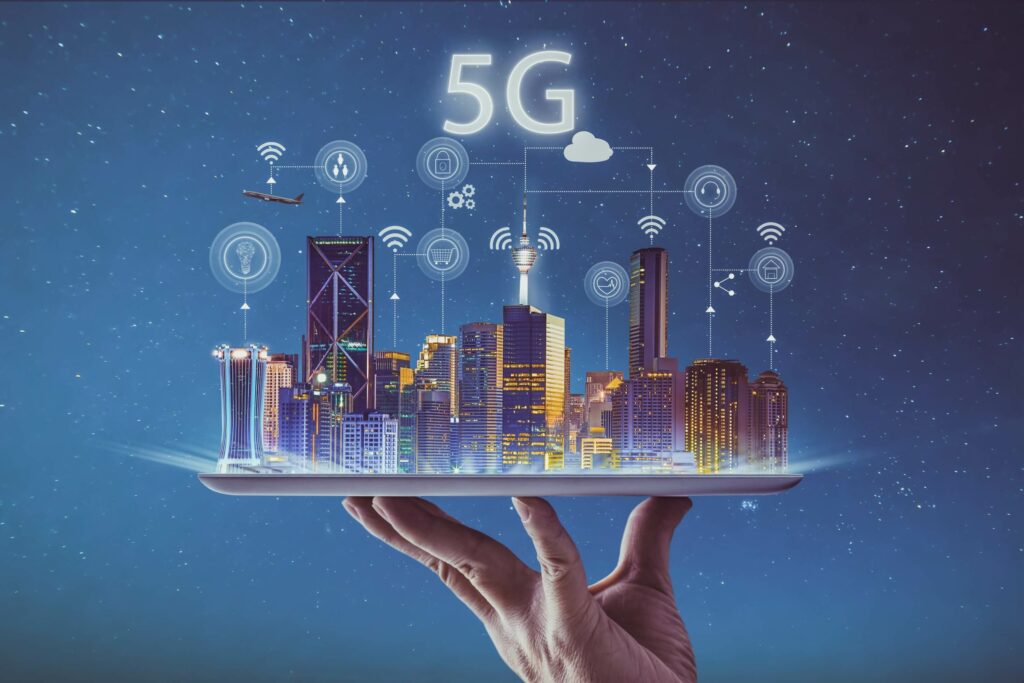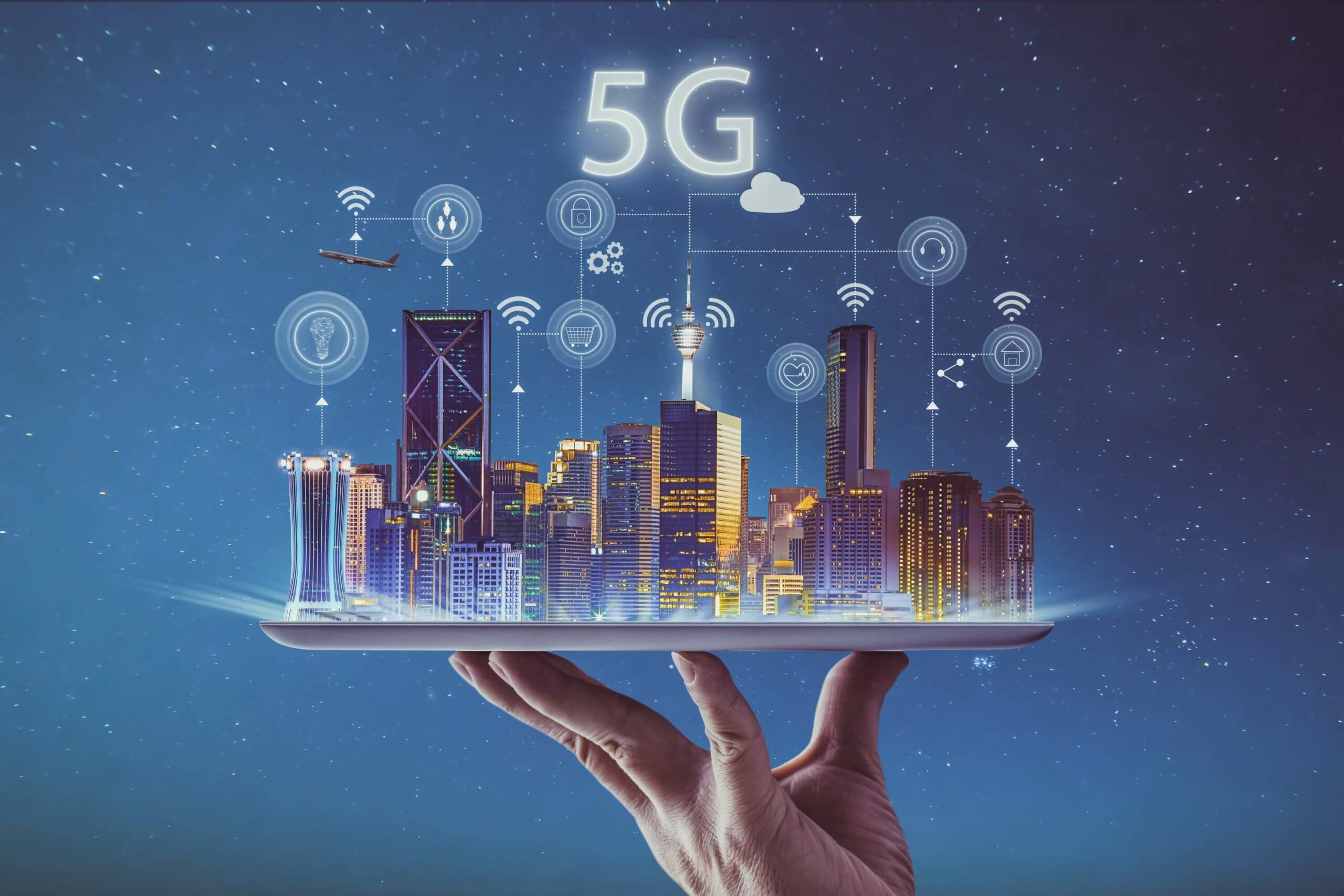The Growing Impact of 5G Technology


The dawn of 5G technology is upon us, and with it comes a wave of new opportunities, innovations, and advancements across various industries. As the fifth generation of wireless technology, 5G brings more than just faster internet speeds; it revolutionizes the way we connect, communicate, and operate. In this article, we delve into the growing impact of 5G technology, its role in transforming industries, and how it paves the way for a smarter and more connected future.
A New Era of Connectivity: The Basics of 5G Technology
5G technology is the successor to the 4G LTE networks we currently rely on for our daily internet needs. With its lightning-fast speeds, lower latency, and increased capacity, 5G has the potential to revolutionize not only the mobile industry but also various sectors such as healthcare, transportation, and manufacturing. The key features of 5G technology include:
- Enhanced Mobile Broadband (eMBB): 5G technology promises speeds up to 100 times faster than 4G, reaching up to 10 Gbps. This allows for seamless streaming of high-quality content, virtual reality experiences, and lightning-fast downloads.
- Ultra-Reliable Low-Latency Communication (URLLC): With latency as low as 1 millisecond, 5G enables real-time communication for critical applications such as remote surgery, autonomous vehicles, and industrial automation.
- Massive Machine-Type Communication (mMTC): 5G technology can support up to a million devices per square kilometer, making it ideal for the Internet of Things (IoT) and facilitating communication between large numbers of connected devices.
The Ripple Effect: 5G Technology Impacting Industries
The implementation of 5G technology is expected to create a ripple effect across various industries, unlocking new possibilities and transforming the way we live and work. Some of the most notable industries impacted by 5G technology include:
- Healthcare: The ultra-low latency and high-speed connectivity provided by 5G technology can revolutionize telemedicine, enabling remote diagnostics, patient monitoring, and even remote surgery. Additionally, the increased capacity for data transfer allows for the seamless integration of medical IoT devices, improving patient care and reducing healthcare costs.
- Transportation: 5G technology is essential for the development and deployment of autonomous vehicles. With real-time data transfer and low-latency communication, self-driving cars can effectively communicate with each other and their surroundings, improving safety and reducing traffic congestion.
- Manufacturing: 5G technology facilitates the implementation of smart factories, where machines, sensors, and robots can communicate in real-time, optimizing production processes and increasing efficiency. The low-latency communication also enables remote control of machinery, allowing operators to work from a safe distance.
- Entertainment: The enhanced mobile broadband capabilities of 5G technology create new opportunities for immersive experiences, such as virtual reality and augmented reality. This, combined with faster streaming speeds and lower latency, opens up new avenues for content creators and gaming developers.
The Road Ahead: Preparing for a 5G-Enabled Future
As 5G technology continues to evolve and becomes more widely adopted, businesses and consumers alike must prepare for the changes and opportunities it brings. To stay ahead of the curve, organizations should invest in upgrading their infrastructure, developing new applications, and exploring innovative use cases for 5G technology.
Governments and regulatory bodies also play a crucial role in facilitating the growth of 5G technology by allocating resources and establishing policies that promote the development and deployment of 5G networks. This includes the allocation of spectrum, investment in research and development, and the creation of a supportive regulatory environment for 5G technology.
Consumers, on the other hand, can expect a wealth of new services, devices, and applications as a result of 5G technology. From enhanced mobile experiences to smart homes and cities, the possibilities are endless. As a consumer, it is essential to stay informed about the latest developments in 5G technology and be prepared to adapt as new technologies become available.
Addressing Challenges and Concerns
While the advantages of 5G technology are evident, it is essential to address the potential challenges and concerns associated with its implementation. Some of the key issues to consider include:
- Infrastructure Development: The deployment of 5G networks requires significant investment in new infrastructure, including small cells, fiber backhaul, and edge computing facilities. Governments and network operators must collaborate to develop cost-effective strategies for 5G infrastructure development.
- Security: The increased connectivity and complexity of 5G networks introduce new security risks. Robust cybersecurity measures must be implemented to protect the integrity of the networks and the privacy of users.
- Digital Divide: The rapid deployment of 5G technology has the potential to widen the digital divide between urban and rural areas. It is vital to ensure that 5G technology is accessible to all, regardless of their location or socioeconomic status.
- Health and Environmental Concerns: Some individuals have raised concerns about the potential health and environmental impacts of 5G technology, particularly due to the increased use of radiofrequency radiation. While current research indicates that 5G technology is safe, ongoing studies and monitoring are necessary to ensure the long-term safety of the technology.
Conclusion: The Future is 5G
The growing impact of 5G technology cannot be overstated. As we move into a new era of connectivity, the potential for innovation and transformation across industries is immense. From healthcare to transportation and manufacturing, the adoption of 5G technology is set to change the way we live, work, and interact with the world around us.
To harness the full potential of 5G technology, it is crucial for governments, businesses, and consumers to work together, addressing challenges and seizing opportunities as they arise. By embracing the power of 5G technology, we can unlock a future of unprecedented connectivity, efficiency, and innovation. The future is 5G, and the time to prepare is now.





Responses